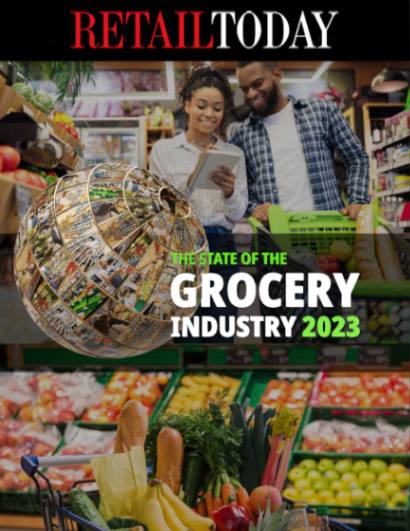Back-to-school shopping is the second-busiest season of the year, in terms of overall spending, according to the National Retail Federation. Consumers spent an average of $976 on back-to-school shopping in 2019, compared to $1,047 in the November-December holiday season.

Across the board, retailers with strong e-commerce positions are likely to perform better this season, says Jie Zhang the Harvey Sanders Fellow of Retail Management at the University of Maryland’s Robert H. Smith School of Business.
Early indicators show retailers seeing a significant bump in demand for technology products, she says, as parents look to equip their kids at much younger grade levels with electronic devices such as laptops, tablets, headphones, and webcams, because of the shift to online learning.
Other traditional back-to-school fare, meanwhile, is likely to languish on shelves. That includes clothing, footwear, home furnishings and small appliances for dorm living. With many colleges and universities offering hybrid learning or all-remote options, fewer young adults are heading off to live on campuses.
“It’s not surprising to see who the biggest winners are,” Zhang says. “Companies like Amazon, Walmart, Target, Best Buy and Apple, all have these capabilities. For Best Buy and Apple, in particular, selling technology products online is a major advantage due to the heightened demand for those products.”
By contrast, department stores like JCPenney, Macy’s and Kohl’s, and apparel stores such as Gap are likely to struggle, dragged down by the lackluster demand for their merchandise and less-than-robust e-commerce operations, Zhang says. Brick-and-mortar shopping these days is less of a draw, as states around the country report an upsurge in COVID-19 infections.
“People are very reluctant to go back into stores in large enclosed spaces, even as lockdown restrictions are lifted,” Zhang says. “Department stores and mall-based apparel retailers had been struggling long before the pandemic, and COVID has served as a catalyst to propel the failure of some of them.”
The pandemic underscores the long-standing trend among the retail world’s strongest players toward the importance of maintaining an omnichannel presence – a mix of online, mobile app and brick-and-mortar. In the past four months, consumers have turned to e-commerce, even for things they were used to purchasing in-person – for example, fresh groceries and household goods.
“Even when things come back to a reasonable level of normalcy, many consumers who have enjoyed the benefits of online shopping may not want to switch back to brick-and-mortar stores, and retailers will have to adapt to the new norm of consumer preferences for the long term,” Zhang says.





